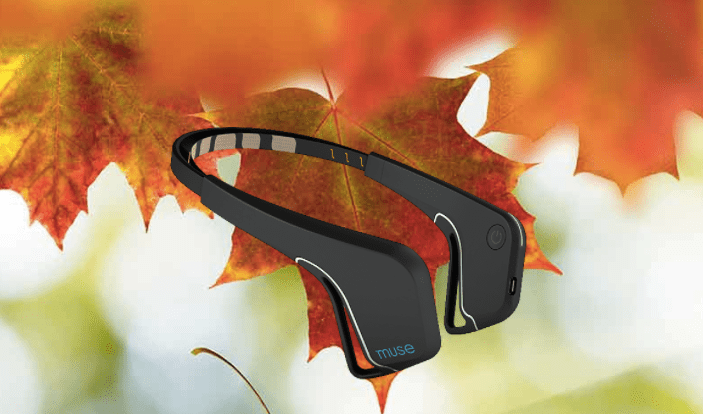Taking notes in the digital age is very straightforward and you can do so at any time and with practically any device. You previously had to carry a notepad and a pen around with you. Now, from your phone, tablet or laptop you have a countless number of tools for writing anything down in a few seconds and even attaching a photograph, link or file.
Notes can be used for everything. For writing down the odd idea for the report you have to send in tomorrow, for knowing what you have to buy at the supermarket and for remembering the week’s meetings. You can even use them for saving phone numbers or for reminding you where you have parked your car. Note managers are so simple that they can be used for everything, and the current-day tools for taking notes are multimedia and synchronized with the cloud; you can add any kind of content and it will be available on all your devices.
If you are already familiar with digital notepads, you may know Evernote. It’s been my notes tool for many years and I’ve used it on my phone, on my tablet and on my personal and work computers.
Its ease of use, versatility and synchronization in the cloud make it an excellent partner for not having to memorize so many things and for keeping them safe.
But there are many other tools similar to Evernote. I’ve already mentioned their common characteristics: you can use them on all your devices and the notes are saved in the cloud. In addition, they are very easy to use, ideal for saving all kinds of contents at any time.
Microsoft OneNote
Let’s begin this list with the doyen of tools, one of the first professional notepads designed to combine all possible contents in a single application. Although it is not the most popular Microsoft Office component, it has gained ground and evolved, becoming what it is today.
Microsoft OneNote is free and available on Windows, Mac, iPad, iPhone, iWatch, Android and with a web-based version for the browser. It uses Microsoft’s OneDrive service in the cloud to store notes online.
The current version of OneNote allows you to type with the keyboard or scribble down drawings and text freehand. You can also attach photographs and files, share notes and even edit notes with several other people. It is very useful for having a space in the cloud for a work team, thereby sharing contents for your projects wiki-style.
Google Keep
Google also provides its tool for notes. For many years it has offered Drive as a virtual hard drive with office tools such as Docs, Spreadsheets and Presentations. To the above we should add Google Keep, whereby, as its name suggests, you can save your notes wherever you go.
It is in keeping with the philosophy of Evernote and OneNote: you can install it on any device and use it directly via the browser, it is very flexible in terms of the content to be included (text, images, audio), it allows you to draw and write freehand in its mobile versions and it saves notes in Drive.
As in the above cases, it facilitates the task of sharing notes for organizing events such as parties or meetings. It also allows you to categorize the notes in colours for better organization.
Apple Notes
If you operate within the Apple ecosystem, you will know the tool known as Apple Notes or, more simply, Notes. It is pre-installed in all Apple devices and the current version has become a main player for writing notes and saving them on all your devices, as a result of its own cloud, known as iCloud.
The current version of Apple Notes allows you to type with the keyboard, draw with your finger and, in the case of iPhone and iPad, add images and create lists and share or edit them with other users. In addition, they are automatically synchronized and also accessible on the web browser via iCloud, in such a way that if you use a PC with Windows or an Android device you can view and edit the notes without any difficulty.
Box Notes
Box is a storage service in the cloud which is little known but very useful. It has more free-of-charge space than Dropbox and doesn’t depend on Microsoft, Google or Apple.
In addition to its cloud service for files, it has a tool for writing notes called Box Notes. Its minimalist look will remind you of Simplenote and its main attraction is its focus on collaborative work, in other words, you can share and write notes with several other people, thereby having a space in the cloud where you can save content for your personal and professional projects.
For the moment it works directly from the browser, but there will be a desktop app in the future. Otherwise, it is similar to the above notepads, although it gives greater priority to written content rather than multimedia files, with tables and lists.
NoteLedge
Another alternative to Evernote which may be of interest to you is NoteLedge, available on Windows, Mac, Android and iOS.
On this occasion, NoteLedge focuses on graphic content, in other words, you will make better use of it if you want to take notes freehand, add drawings or photographs, record videos or take notes with your voice.
This notepad is also noteworthy for its drawing tools (a paid service), which also makes it a drawing pad for amateur and professional artists.
TiddlyWiki
Finally, a different proposal: a tool for writing notes in the Wikipedia style. Its purpose is to serve as a virtual space in which you can include the content of several people, although it is also suitable for individual use.
TiddlyWiki has a desktop client, although you can also edit it via the browser on any platform. As with other wikis, TiddlyWiki is highly customizable and, if you know how to program in HTML, you can create pages tailored to specific uses by using the style tables. We should also mention the possibility of installing plugins created by the community of users and adding new functions.
Image | Pexels









